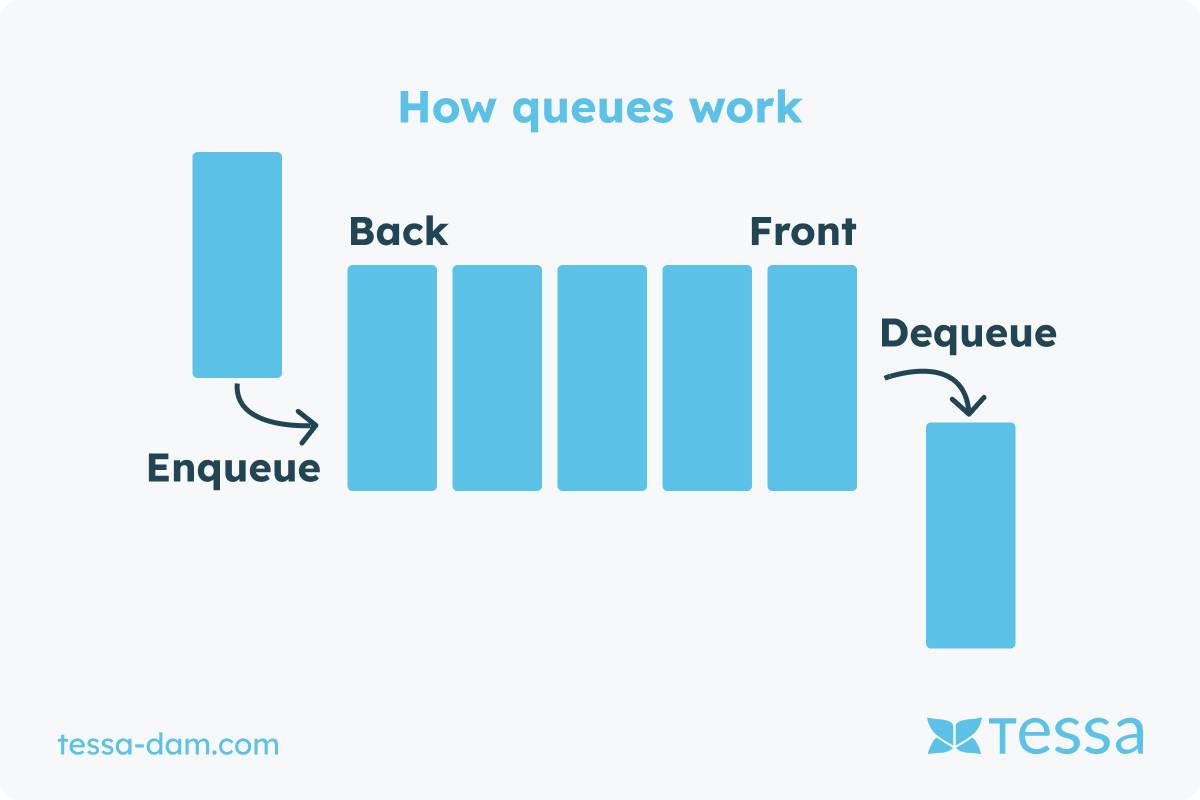Classification
Queues, known as queues in the context of computer science, are fundamental data structures with broad applications. These structures have proven indispensable in various fields. In this scientific article, we take a comprehensive look at queues, examining their definition, operation, applications, implementation, and challenges. Queues not only provide an efficient solution for timely task processing but also have the ability to optimize complex processes and resource management in diverse scenarios.
Definition and Purpose of Queues
A queue is a data structure that operates on the First-In-First-Out (FIFO) principle. This means that the element inserted first into the queue is also the first to be removed. The purpose of queues extends across various domains, from data processing to daily life. In computer science, queues serve as efficient data structures for managing tasks such as document printing or command processing.
Operation of Queues
Understanding the operation of queues is crucial to their comprehension. Elements are added to the end of the queue (enqueue), while they are removed from the beginning (dequeue). This simple yet effective mechanism ensures that elements are processed in the order of their arrival, which is particularly important in time-critical applications.
Applications of Queues
The applications of queues span across different industries. In computer science, they serve as fundamental data structures for process scheduling and event processing. In logistics, queues assist in optimizing supply chains, while in daily life, they ensure orderly processes in places like supermarkets or transportation systems.
Implementation of Queues
The implementation of queues can vary depending on the specific requirements of an application. Arrays, linked lists, or specialized queue algorithms can be used to maximize efficiency and performance. The choice of implementation depends on factors such as storage requirements and access time.
Challenges and Optimizations of Queues
While queues are effective in many situations, they also face challenges. Overflow and underflow are potential issues that require careful consideration. Optimizations, such as using priority queues or efficient algorithms to handle bottlenecks, are crucial for improving performance.
Conclusion
Versatile solution for the efficient management of resources and processes
The comprehensive examination of queues illustrates their relevance in various contexts. From the basic definition to complex implementations, queues offer a versatile solution for efficient resource and process management. A deep understanding of this structure is therefore crucial for successful deployment in different application areas.





